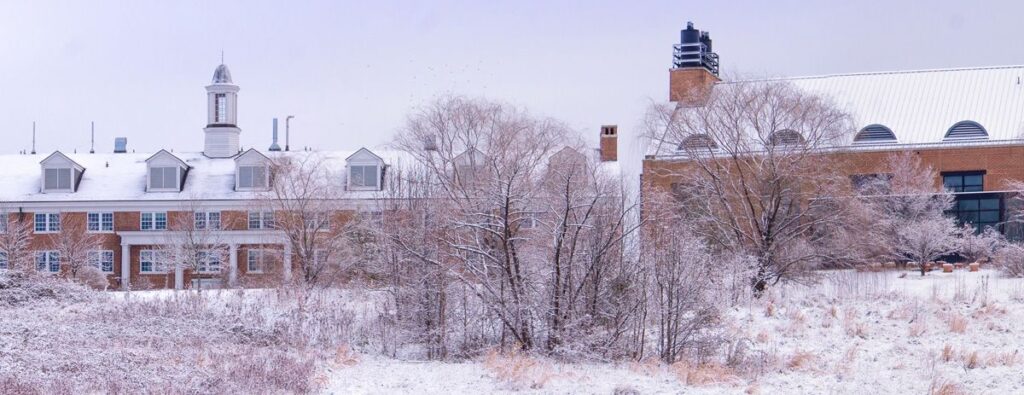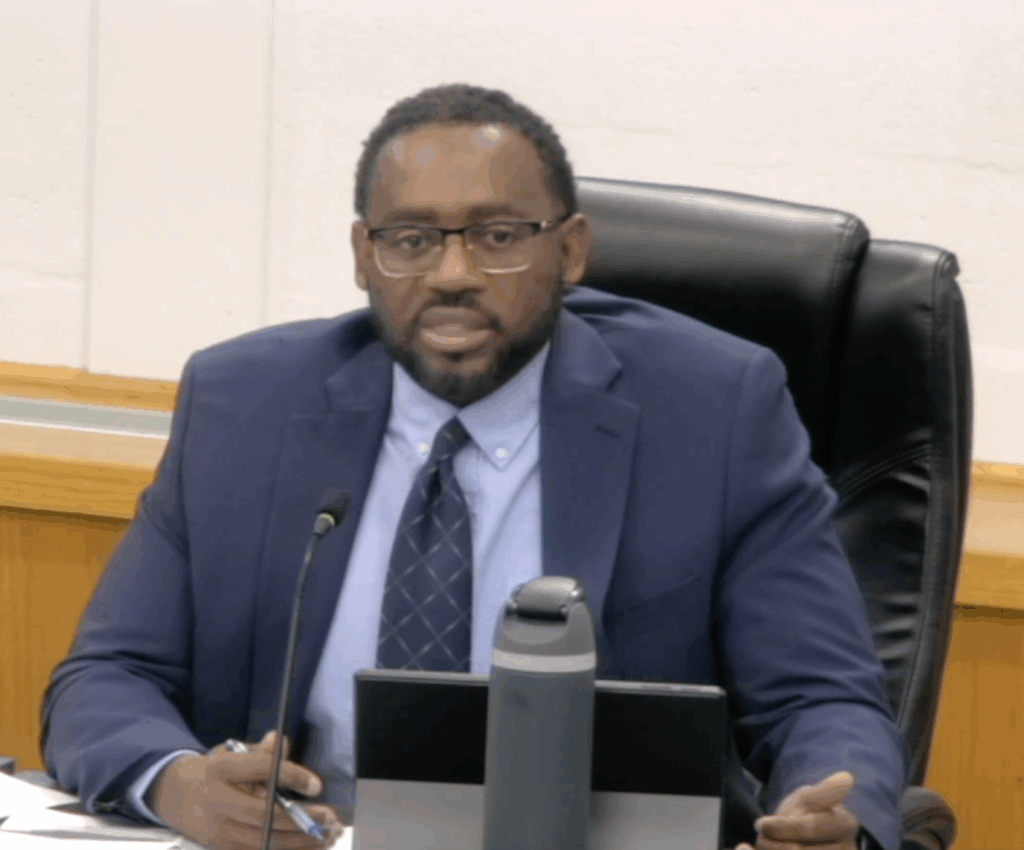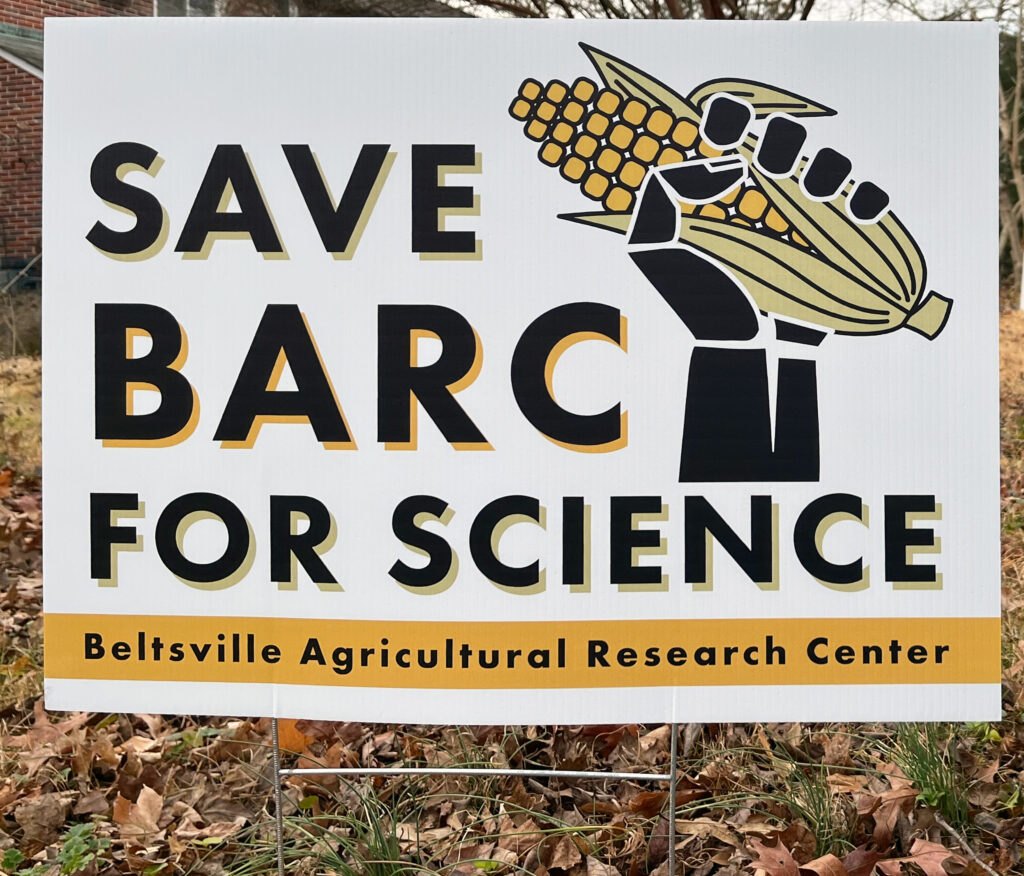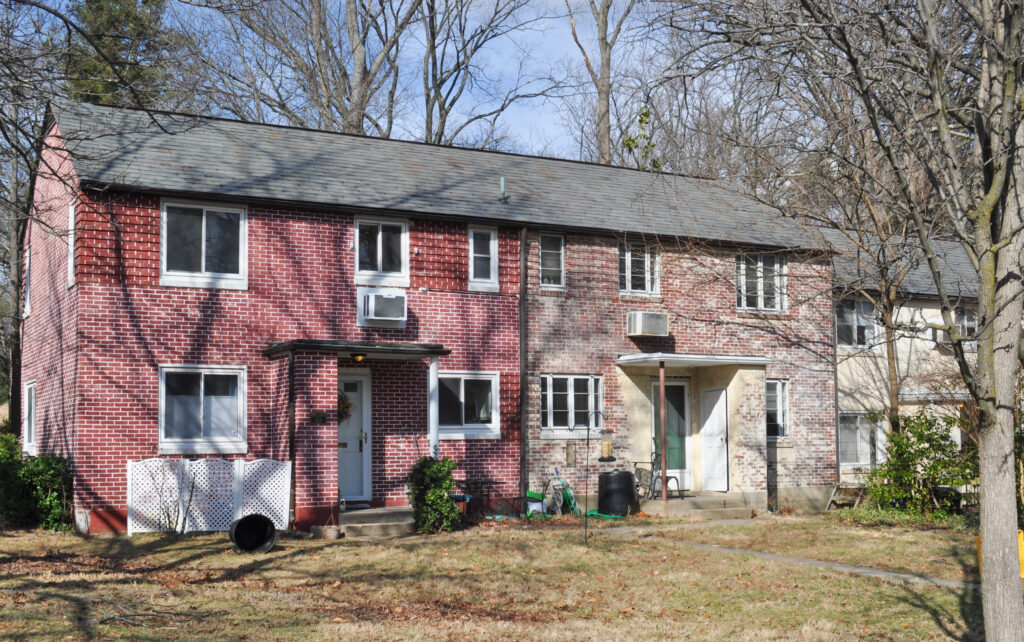On March 2, Sabra & Associates (SA), represented by transportation planner and project manager Bryon White, shared with the Greenbelt City Council the findings of their feasibility study concerning a bikeway along Hanover Parkway. They presented options A and B to council. The area studied was the Hanover Parkway corridor between Mandan Road and Good Luck Road. They offered designs of bicycle facilities, such as bike trails and racks, on 30 percent of a priority area between the Spellman Overpass and Greenbrook Drive. Community Planner Molly Porter said that this would help lead to bridging the missing link in the trail that is needed for bicyclists to be able to access Historic Greenbelt. This plan will also enable a cross-city bicycle route which ultimately will connect to the wider Anacostia regional trail network. Funding for the study came in November 2017 from a grant from the Maryland Department of Transportation Bikeways Program. White laid out design assumptions first, which included: an all-age facility; avoidance of large and fast turnings for bikes and pedestrians; tree retention; minimization of expensive utility relocation; ease for continuing maintenance and a minimizing of impacts to on-street parking. Option A was an on-road design. It included buffered and protected bike lanes, achieved with inexpensive posts or prefab concrete barriers, as well as possible grass-filled medians, lessening stormwater management. Option B was a completely off-road design. It would consist of 10-foot-wide side paths with separation of bikes and pedestrians. According to Porter, it would not “require transitioning from on-road and off-road and would not require cyclists to cross Hanover Parkway.” Both options had several things in common, these being: minimal impacts on private rights of way, utilities, trees and stormwater management. The impacts of Option A were very low traffic impacts at Hanover and Greenway Center Drive, increased delay accessing Hanover Parkway from side streets south of Hanover and Greenway Center Drive and slower vehicle speeds south of Ora Glen.
Impervious surface changes included 5,000 square feet for “bike lanes protected by grass medians,” or more than 6,000 square feet “for all other types of protected bike lanes,” said White. Option B would entail more than 30,000 square feet of impervious surface change. In their meetings with the Advisory Planning Board (APB), GreenACES, Greenbriar Community Association and the general community, SA noted a strong preference for option B. Option A issues included difficulty from the removal of a travel lane and for buses; more connections across Hanover, especially between Ora Glen and Md. 193; traffic signals that allow bikes and pedestrians to cross intersections first, known as leading bike or pedestrian intervals (LBI/LPI) across 193; lighting along Hanover; safety over bike and pedestrian commingling; reflective trail markings; interference at Eleanor Roosevelt High School (ERHS) with use of travel lane for buses and parents; high speeding south of Ora Glen; avoidance of community garden and bus shelters; prevention of ponding and icing from water run-off north of ERHS; and sufficient pathway lighting. SA said that they would explore the use of pervious pavement if the soil type allowed. The costs of Option A would be between $300,000 and $900,000, after signing/marking, trail construction, stormwater management, traffic maintenance, trail/sidewalk reconstruction and bike lane protection. Option B would come in at $750,000, with the same steps, yet with minimal traffic maintenance. For both options, a yearly budget of $3,000 would be required for maintenance. A higher cost would result with the use of pervious pavement. An additional $250,000 would be the cost of a final Plans, Specification and Engineering Design. SA will seek to further refine their concept, complete the feasibility report, obtain the $250,000 for a final design and permitting and get funding for construction, perhaps through state grants. White said that the construction could be phased over a few years with money set aside for each step. The plans could result in the removal of the Bradford Pear trees by ERHS, which are in an unsafe condition. White said that the county is phasing them out. Councilmember Judith Davis advised council that the Advisory Committee on Trees has a plan to gradually remove them and replant with different species. GreenACES suggested a hybrid of both options A and B, to better adapt to varying road conditions. The consensus of the council was to support Option B, yet they chose to postpone moving ahead with a 30 percent engineering phase with SA until their March 9 meeting. Council emphasized that the project’s point would be to encourage biking. Davis quoted Field of Dreams, “if you build it, they will come.”




